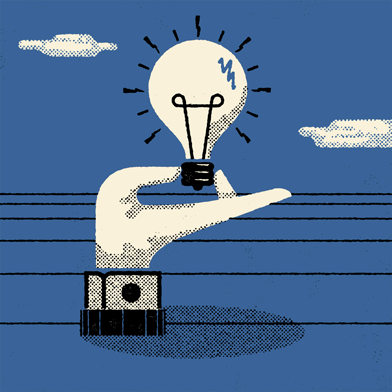
David He wants to change how we manage our own health. But at first, he was just trying to find a noninvasive way for hypertension patients to continuously keep tabs on their blood pressure. It was 2009, and He, then a graduate student at MIT, figured people might be helped by a wearable gadget that could record an electrocardiogram—a measure of the heart’s electrical activity also known as an ECG.
Since the ear is a good place to monitor the body’s physiology and pretty easy to hook a device to, He started there: he bought a hearing aid on eBay, removed its guts, and added his own electronics. After doing a lot of jumping jacks and other exercises while wearing the gadget, He looked at the data and saw something odd: a signal that looked similar to an ECG, but with a sharp peak.
There were other weird things, too. The signal was larger than the one from an ECG gathered simultaneously from a heart-rate monitor on his chest, even though the ear was farther away from the heart, and it was noticeably delayed from the chest ECG. As it turned out, what He tracked was actually a ballistocardiogram, or BCG, which is a mechanical signal indicating the tiny body movements that result as the heart pumps blood. First spotted in the 1870s, it gives a more direct view of the heart’s mechanical performance than an ECG can, capturing the strength and timing of a person’s heartbeats. But it fell out of favor over time, in part because it was difficult to track.
In 2012, He cofounded Quanttus to build a watch-like gadget. There are plenty of wristbands already on the market that track things like steps taken and calories burned, but they don’t measure vital signs like heart rate and blood pressure as accurately as Quanttus expects a BCG-based device to do. An optical sensor on the underside of the wristband shines light onto the skin and keeps track of the tissue’s selective light absorption, detecting volumetric changes in blood vessels that occur with each heartbeat. This information can be used to deduce heart rate, while an accelerometer measures the body movements that occur as a result of heartbeats.
Though the wristband doesn’t yet have a release date, Quanttus has tested it at Massachusetts General Hospital in Boston. The results have been encouraging enough to help the company raise $22 million in venture capital.
—Rachel Metz
Watch this Innovator at EmTech 2014
Meet the Innovators Under 35
